Results
-
 £113.30
£113.30Moderate Dances - Angelo Sormani
This piece is a tribute to dance music, especially passionate, intense and meditative dance music. "Moderate Dances" is divided into three movements: a "Tango", a "Slow Waltz" and a "Bossa Nova". Each movement and each dance has its own particular characteristics but, when combined, these different rhythmic beats and times give the piece a feeling of completeness and uniformity. The Tango started to flourish in the suburbs of Buenos Aires in around 1880. There is still some doubt as to its origins, which may be Cuban (Habanera) but are probably African. It was most popular in Argentina and Brazil: here the male protagonist was originally the "gaucho" with his inseparable guitar, later to be replaced by the proud, elegant "compadre". By around 1910 the Tango had spread to Italy and France. New clubs opened, where the upper classes could watch and dance the Tango. Here the dance also underwent some rapid transformations. The exaggerated and extravagant gestures and body movements disappeared. Slow, gliding steps replaced the old rotational movements. The women's red ankle-boots and the partners "staring into each other's eyes" accentuated the erotic nature and sensuality of this dance. So much so that, in 1913, the German government banned soldiers from dancing the Tango. Those who broke the law were immediately discharged from the army. From a strictly musical perspective, the basic instruments were a flute, a harp (the diatonic harp typically played by the Indians of Paraguay) and a violin, or flute, guitar and violin or even clarinet, guitar and violin. These instruments were easy to transport, ideal for playing at parties, in the streets and in courtyards. The musicians played by ear, frequently improvising: there were no scores, no records, which is the main reason why it is impossible to trace the Tango back to its exact origins. However, the Tango's evolution (and growing popularity) was once again fostered by its fundamental ability to absorb "other" cultures, languages and sounds. And it was the arrival of the "bandoneon" (an accordion-like instrument that was invented in Germany and brought to Rio de la Plata by some immigrant), which replaced the flute, that marked the beginning of the Tango's huge success outside Argentina. A number of talented composers, above all the great Astor Piazzola (1921-1992), transformed the bandoneon from a simple accompanying instrument to a solo instrument that was to become the distinguishing feature of the 20th century Tango. The Slow Waltz originated from the Waltz, the typical dance of the Bavarian and Tyrolese peasants in the 1700s. It was composers like Johann Strauss, father and son, who carried the Waltz to its zenith in the 1800s, creating the sensual and melancholy yet joyful and charming dance we are all familiar with. When the Waltz first became popular in Germany, the members of respectable society were shocked at the closeness of the dancing partners, who had always previously danced apart. The main difference between the Waltz and Slow Waltz is that the latter has a slower, more expressive rhythm: the men wear tails and the women wear ball gowns decorated with beads and feathers and couples dance in graceful rotational movements. "Bossa Nova" is the title of the last movement in the piece. Jobim, the great Brazilian musician, described this musical genre as a combination of modern Jazz and Samba. Bossa Nova means "new wave". This was the name of the artistic and musical movement that evolved in Brazil in the late Fifties and was extremely popular throughout the Sixties. The songs are usually about love or social matters, drawing inspiration from the slums of Rio De Janeiro and the lives of their inhabitants. Bossa Nova, with its original compositions and the artistic talent of its musicians, also became hugely popular in the United States and Europe, and top Jazz musicians (Ella Fitzgerald, Stan Getz, Bob Cooper, Charlie Bird, Sonny Rollins, Dexter Gordon, Dizzy Gillespie) started to include Bossa in their repertoires.
Estimated dispatch 7-14 working days
-
 £71.50
£71.50Starburst - Mark Lortz
Starburst is dedicated to the Johnston County Eighth Grade All-County Middle School Band in Benson, North Carolina. Its a sparkling work that was specifically written to feature all sections of the band. Attention is immediately focused on the hard-driving full-ensemble introduction that moves into a feature for the woodwinds and horns. The trumpets then get the spotlight, followed by a brief woodwind interlude that transitions to the final recap to close with a resounding flourish.
Estimated dispatch 7-14 working days
-
 £104.50
£104.50Reverence - Louis A. Josephson
A celebration of those who deserve great honor! The triumphant opening is brilliantly stated by the trumpets and answered by a flourish of shimmering woodwinds. Brass and percussion build up to a contrasting theme and a slower section of warm, resonant harmonies and shifting, contrasting textures. Grand and majestic, the opening material then returns to close with the two main themes layered for a decidedly heroic and triumphant finish.
Estimated dispatch 7-14 working days
-
 £60.99
£60.99Wildcat Valley Fanfare - Michael Sweeney
The Wildcat Creek in central Indiana forms a valley connecting all schools in the Howard County area for whom this piece was written. Opening with the percussion section in a stately style, the main theme is first heard in a chorale-like setting. Designed as an extended fanfare, the piece quickly builds in intensity with each subsequent phrase, and culminates in a fast-paced and brilliant sounding ending flourish. Effective as a concert opener. Dur: 3:15
Estimated dispatch 7-14 working days
-
 £79.99
£79.99A Brass Thing - Danny Elfman
Renowned film composer Danny Elfman entered the symphonic world with a flourish with his orchestral work Serenada Schizophrana. Commissioned by the American Composers Orchestra in New York, it was premiered atCarnegie Hall in 2005. The third movement, A Brass Thing, features an eclectic blend of styles and striking sonorities and is skillfully adapted for wind band by Richard Saucedo. Duration 5:30. (Grade 4)
Estimated dispatch 7-14 working days
-
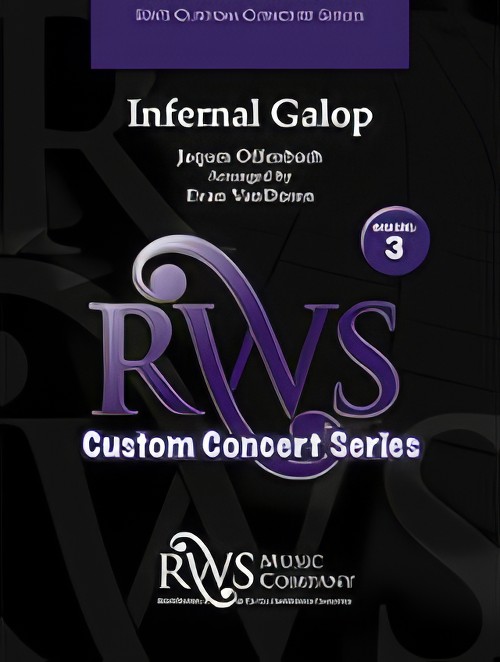 £80.00
£80.00Infernal Galop (Can Can from Orpheus in the Underworld) (Flexible Ensemble - Score and Parts) - Offenbach, Jacques - VanDoren, Evan
Jacques Offenbach's Infernal Galop, or Can-Can as it is more often called, has been reimagined throughout history. From classical composers like Saint-Saens, to more modern uses in movies, television, and even video games, the timeless appeal of Offenbach's melody is without question. Evan VanDoren's new flexible instrumentation arrangement for concert band is a perfect addition to any concert. Particularly effective as a closing selection or encore, this recognizable flourish will have your audience on their feet. Highly recommended!Duration: 2.15
Estimated dispatch 7-14 working days
-
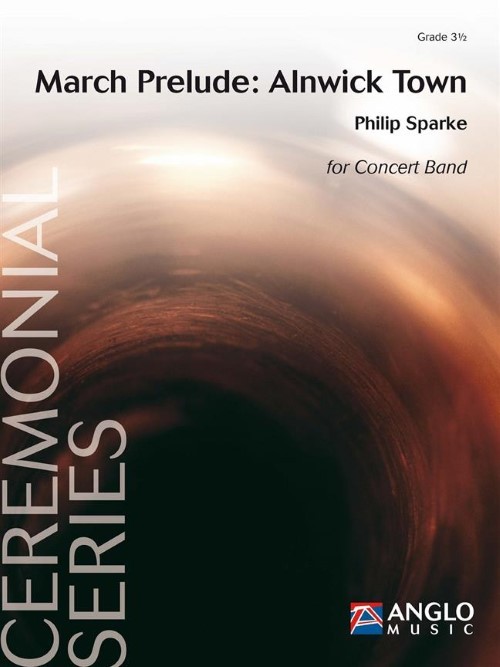 £91.99
£91.99March Prelude: Alnwick Town (Concert Band - Score and Parts) - Sparke, Philip
March Prelude: Alnwick Town was commissioned by the Alnwick Playhouse Concert Band (with Ray Thompson as conductor) to celebrate their first 25 years. It opens majestically with answering phrases between various sections of the band, leading to a faster march-like section, its main theme echoes the rhythms of the opening material. A bridge passage featuring snippets for saxophones and trumpets leads to a new theme, more legato in nature and repeated after a change of key. The bridge passage returns to herald a restatement of the main theme before the opening material reappears to close the work with a flourish.Duration: 3.45
Estimated dispatch 7-14 working days
-
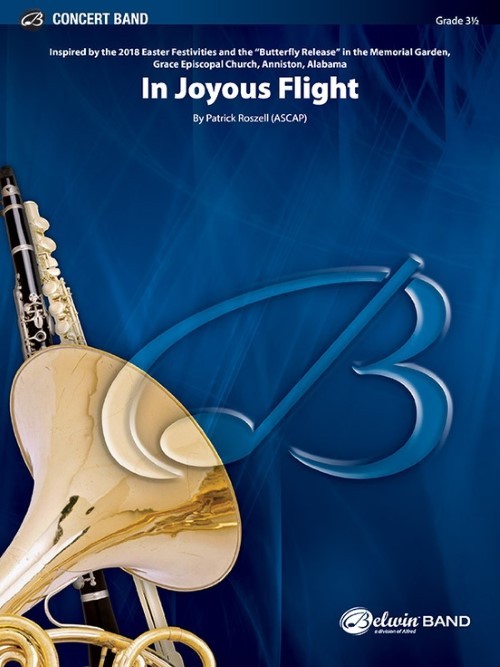 £70.50
£70.50In Joyous Flight (Concert Band - Score and Parts) - Roszell, Patrick
Musically depicting a butterfly release, this exciting work evokes the flourish of colour and hope. A bold and dramatic piece suitable for concerts and contests throughout the school year. The piece serves beautifully as an opener or closer on concerts and contests throughout the school year. A bold and dramatic addition to the literature.Duration: 4:30
Estimated dispatch 7-14 working days
-
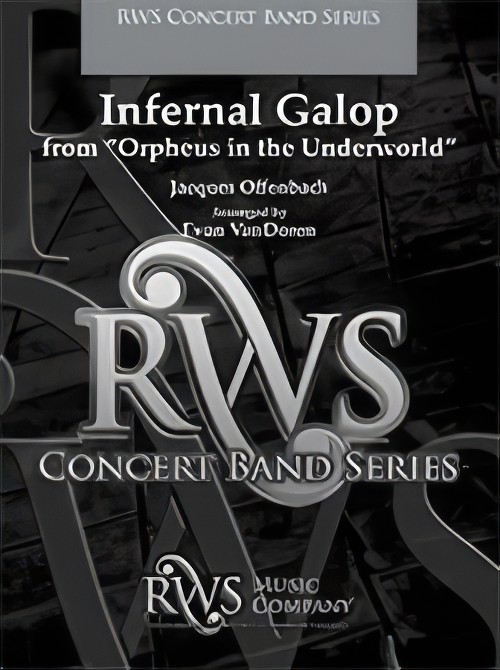 £80.00
£80.00Infernal Galop (Can Can from Orpheus in the Underworld) (Concert Band - Score and Parts) - Offenbach, Jacques - VanDoren, Evan
Jacques Offenbach's "Infernal Galop", or "Can-Can" as it is more often called, has been reimagined throughout history. From classical composers such as Saint-Saens, to more modern uses in movies, television, and even video games, the timeless appeal of Offenbach's melody is without question. Evan VanDoren's arrangement for concert band is a perfect addition to any concert. Particularly effective as a closing selection or encore, this recognizable flourish will have your audience on their feet. Highly recommended! Duration: 2.15
Estimated dispatch 7-14 working days
-
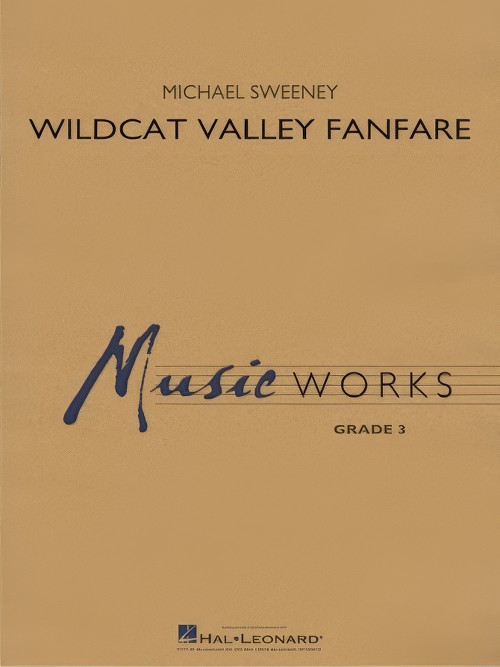 £60.99
£60.99Wildcat Valley Fanfare (Concert Band - Score and Parts) - Sweeney, Michael
The Wildcat Creek in central Indiana forms a valley connecting all schools in the Howard County area for whom this piece was written. Opening with the percussion section in a stately style, the main theme is first heard in a chorale-like setting. Designed as an extended fanfare, the piece quickly builds in intensity with each subsequent phrase, and culminates in a fast-paced and brilliant sounding ending flourish. Effective as a concert opener.Duration: 3:15
Estimated dispatch 7-14 working days
